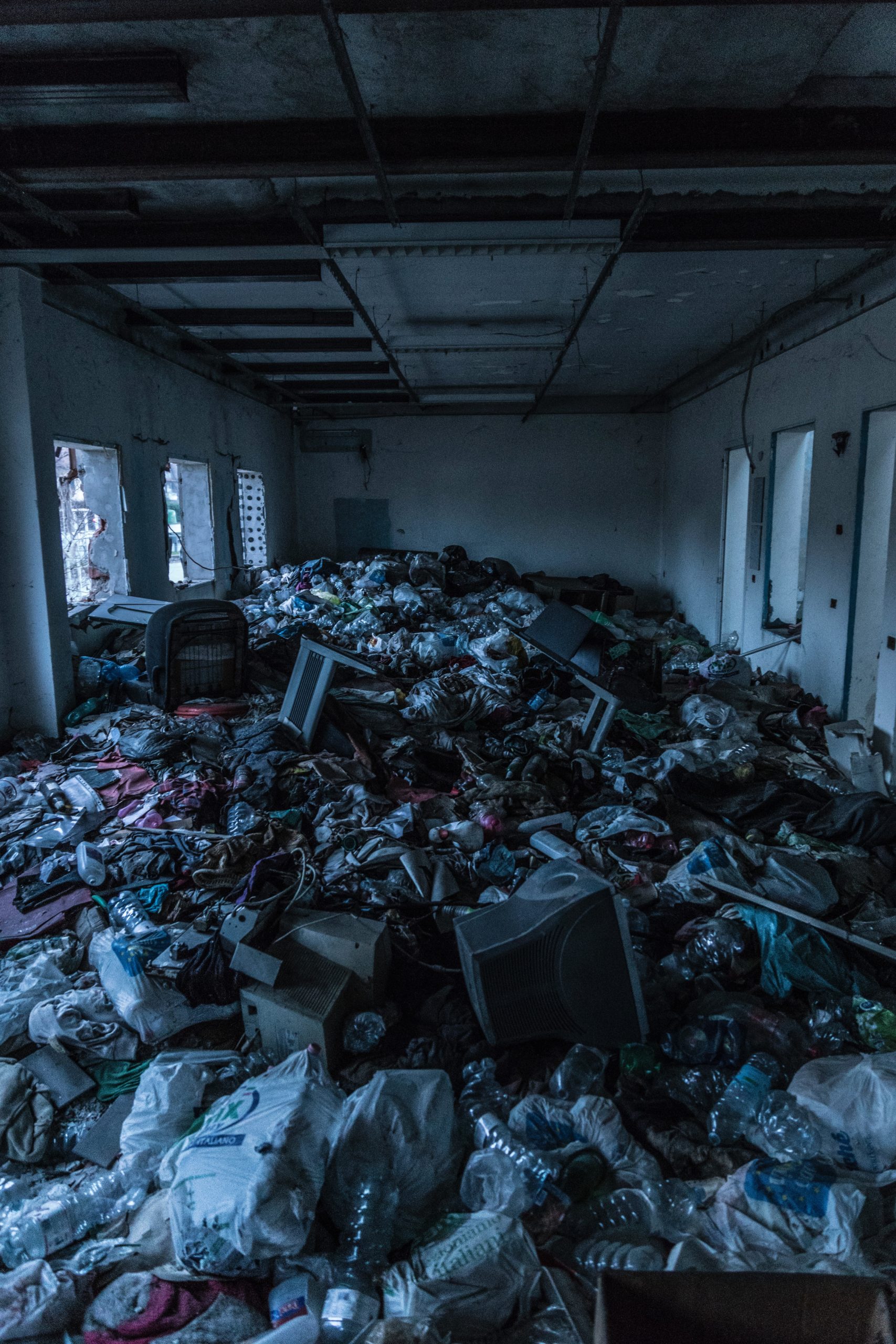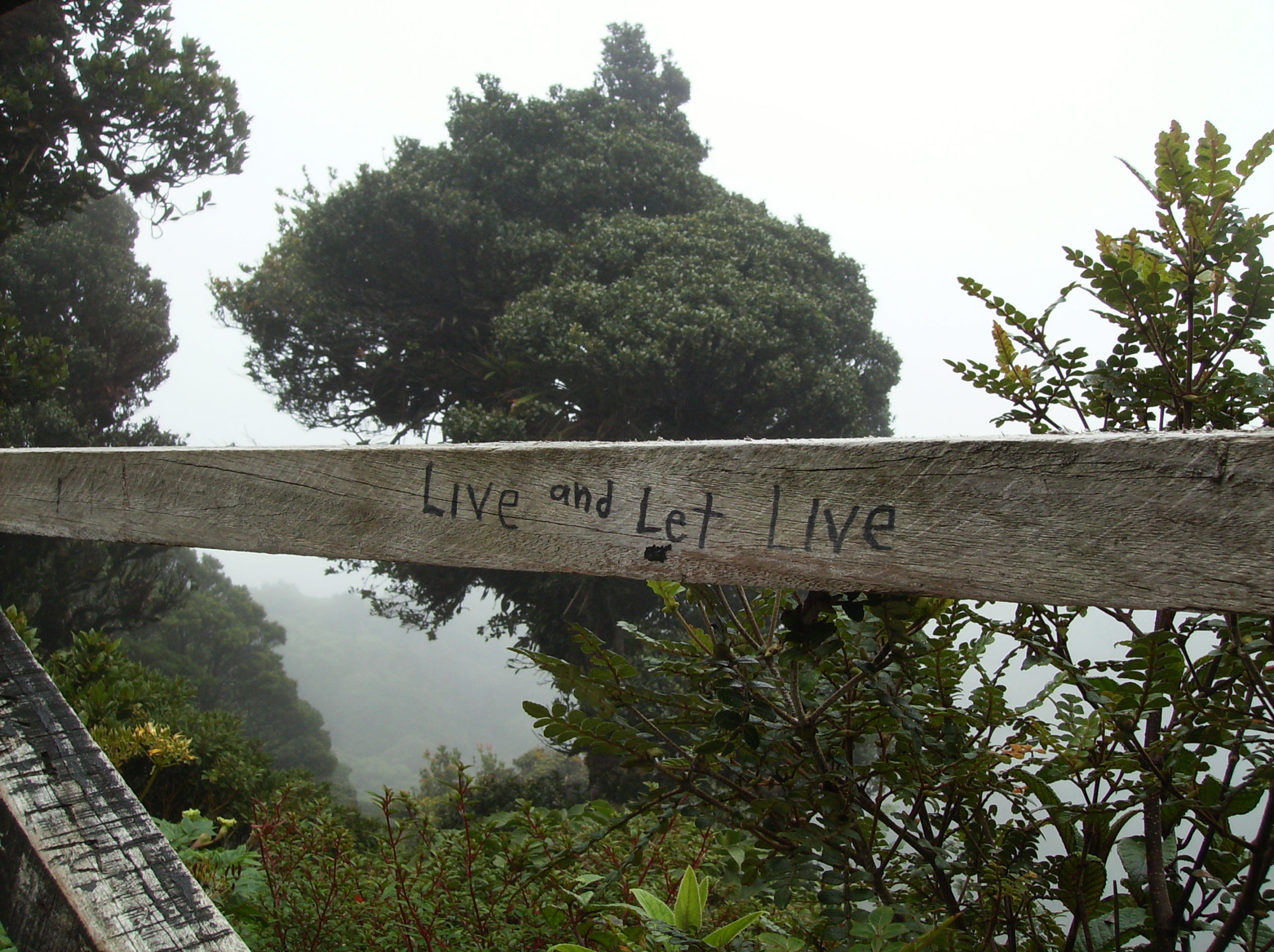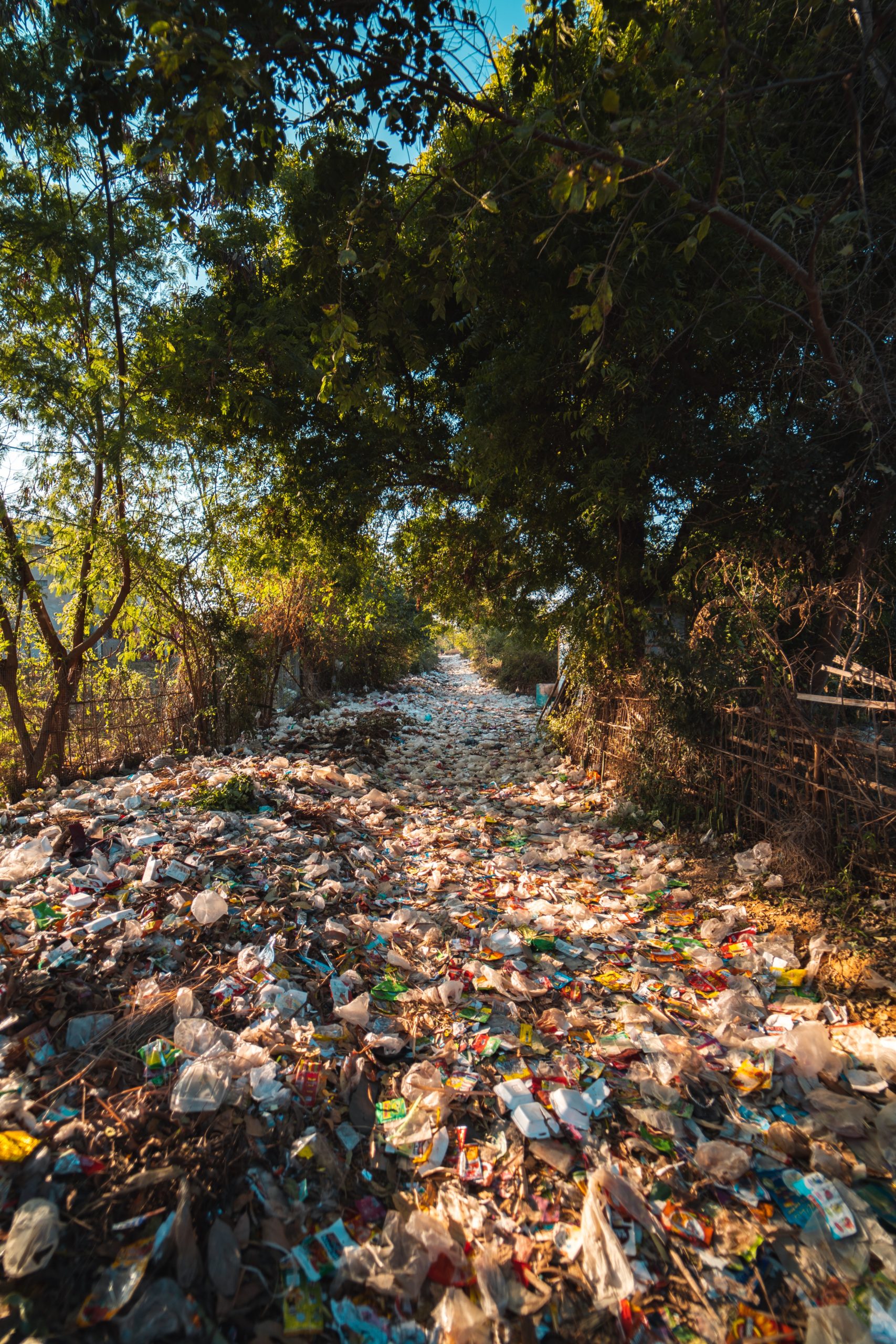Breaking the Casual-Use Plastic Habit
The United Nations Environment Programme has recently published a study entitled, “Our Planet is Choking on Plastic.”
The good news is that the plastic crisis is now being addressed by governments around the world. The UK is introducing a policy to replace single-use plastic items with biodegradable ones. In the United States, California has already banned single-use plastics. Costa Rica has banned single-use plastics as well, including Styrofoam—and banned plastic straws several years ago.
But with all this news about proposed policies, the sad reality is that plastic products are cheaper than the new biodegradable replacement items. This means many businesses, forced by finances, will continue to use single-use plastic as long as it continues to be produced. Worse, consumers continue to buy single-use plastics without a second thought.
The UN study is an easy to read, comprehensive overview of the history of plastic, why we are now choking on it, why this is lethal to humans and the environment, and why it is crucial for people to drastically reduce their dependence on plastics. It ends with a call to action, offering eleven specific things everyone can do to “adopt new habits to limit our plastic footprint.”
That was the good news.
The bad news is that right now, less than 10% of the plastic we think is being recycled actually is. And, we have come to the conclusion that recycling is not the solution to the plastic problem. The solution is, unfortunately, a painful one: we all must make necessary lifestyle changes to reduce and eliminate our habit of casual plastic use.
And even more bad news: I am seeing something else happening in reaction to this news. People are giving up.
I have been following the recycling news for many years. In the 1990s when we lived in a rural area, my family chose to forego garbage pickup services and instead recycled everything by collecting it in barrels in the garage and taking it to the city recycling center when the barrels were full. For a decade, we took personal responsibility for our own waste management, including kitchen waste (which is another huge problem – landfills are overloaded and oozing with methane gas because people are throwing out too much food). We were very enthusiastic about our recycling, because back in those days it was actually happening. Or so we thought.
Years later, when I moved to a more urban neighborhood and joined a community garden, I made friends with the Louisville, Kentucky Metro Waste Management educator, and through her I began to learn the real story of recycling.
We all think that just because we have orange containers we put out for recycling every week this means our plastic (and glass, metal, cardboard) is being recycled. Yes? No. Ms. Metro Educator conducted a weekly survey to help folks learn about waste management. Each week, she brought up an item—Styrofoam, pizza boxes, dish soap bottles, for example—and asked for responses: Is this item recyclable? Quite often I was dismayed to learn that I had been wasting my time collecting those items to put in the orange bin.
As a result of this new awareness about recycling, I started my own campaign at the office by investigating the location of a Styrofoam recycling plant in the region and offering to collect packaging Styrofoam from folks to take there myself. Unbelievably, no one took me up on the offer because they thought it was too much trouble and took up too much space.
Well…yes; that’s the point: all these discarded items are taken to the landfill, which is an overflowing, toxic dump.
Styrofoam is another item that is not recycled, even if we put it in the orange recycling bin and watch the garbage truck carry it away.
We seem to have a mental block about this. When I began telling people, “Yes, you can put that stuff in the orange recycling bin, but that does not mean it actually gets recycled,” they would look at me and repeat, “But I put my plastic in the orange recycling bin, and the garbage truck takes it away. That means it’s recycled.”
I did my own investigating about cardboard pizza boxes, too. “We can put them out for recycling–they’re cardboard, right?” Yes, but they cannot be recycled because they were used for food. So, that means all of that paper/cardboard that contained food is being dumped in the landfill; it’s not being recycled.
All those plastic water bottles, shampoo bottles, plastic bags…we think they’re being recycled because we put them out and the garbage truck carries them away. But if there is no plastic recycling plant in the region, or the process is too expensive, or there is no more room in the plastic warehouse, everything goes to the landfill.
What is going on? Why are we being deceived like this?
A normal response to this is to just give up: Don’t bother making all the effort of cleaning and separating everything for the recycling pick up. But that only continues to make the problem worse, because when we give up, we continue to buy single-use plastic that ends up in the landfill – and into the rivers and the ocean and eventually, into our own bodies.
Obviously, the response of doing nothing is not acceptable. In fact, in some places it has become illegal and will most likely become widely illegal if more people do not begin to do the right thing voluntarily.
Instead, can we try a different response? How about making an effort to not buy and use so much of that plastic to begin with? We will have less to throw away. And that is precisely the point.
This is actually the only solution: Stop using single-use plastic.
So why are single-use plastic bottles still being produced, sold, bought, used – and tossed away?
This is my call to action: Answer three questions, in personal terms:
1- Why do I still buy single-use plastic bottles?
2- How do I dispose of them?
2- What can I do to change that?
I would love to hear your creative responses. We need to begin the conversation.



